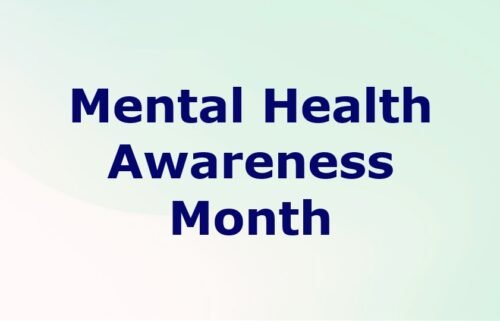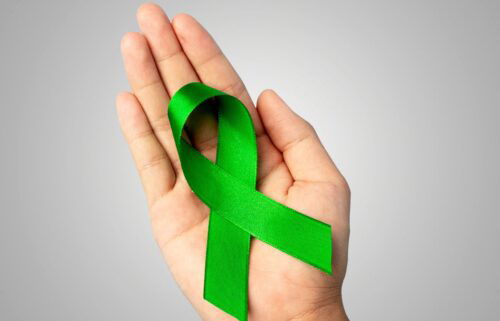Over one-third of young adults misuse psychoactive medications, study says

Over one-third of young adults misuse their psychoactive prescription drugs, a new study has revealed.
Some 34% of adults ages 18 to 25 misused their psychoactive medications, defined as opioids, stimulants, tranquilizers and sedatives, according to a study published Tuesday in the British Medical Journal.
Misusing the drug was defined as taking a prescription in larger quantities than prescribed, more frequently than prescribed, for longer than prescribed or in any way that was not specified by their health care provider. Someone taking a drug that was not prescribed to them was also considered misuse.
The misuse of psychoactive drugs can lead to overdoses, chemical dependency and in severe cases, death, said lead study author Israel Agaku, lecturer in the department of oral health policy and epidemiology at the Harvard School of Dental Medicine.
Reseachers gathered data from surveys of US youth and young adults taken between 2015 and 2018.
Over 20% of youth ages 12 to 17 who took psychoactive medications were also found to be misusing these drugs. The higher number of young adults misusing drugs compared to youths could be attributed to a lack of parental supervision, Agaku said.
Adults could be getting these prescription medications from their peers, he said, “which could be facilitated in social circles where there is some measure of social acceptability.” This could include performance-enhancing stimulants called “study drugs,” Agaku said.
Multiple prescriptions increase chance of misuse
Taking multiple psychoactive medications greatly increased the likelihood of misuse, researchers also found.
Over 60% of adults who took multiple psychoactive drugs reported misusing at least one of their prescriptions. For youth ages 12 to 17, the number was over 46%.
People can become dependent on drugs and need more to feel “high,” Agaku said. He also believes there might be a social component, in which people who take these drugs “receive more social and environmental cues to engage in such behavior.”
Opioid use was the highest for both young adults and youths, with 30% of adults using psychoactive drugs taking opioids and 19% for youths.
However, stimulants and tranquilizers were by far the most misused drug. Over 40% of youths who took tranquilizers reported misusing them, and over 51% of adults who took stimulants said they misused them.
Stimulant misuse may have been high among young adults because they “may be getting it from their healthcare providers intentionally for non-medical purposes,” Agaku said in an email. Stimulants also have less of a stigma among young adults in environments such as college campuses, he said.
Steps forward
For psychoactive drugs like opioids, there should be a lower supply of them to the public, said Dr. Andrew Saxon, professor in the department of psychiatry and behavioral sciences at the University of Washington in Seattle, who was not involved in the study.
Starting in the 1990s, “the message that doctors were getting was if you’re a compassionate, caring physician, and your patient has pain, you’ll prescribe them opioids because it’s not dangerous to do so,” Saxon said.
That was true for some patients, he said, but the opioids did more harm than good for others. Saxon recommended doctors look into other forms of treatment for their patients like cognitive behavioral therapy, or CBT.
To decrease the misuse of psychoactive drugs, Agaku recommended behavior counseling as an alternative before prescribing medication. For youths in particular, he asked that parents take responsibility for their own medications to keep them out of the hands of their children.



